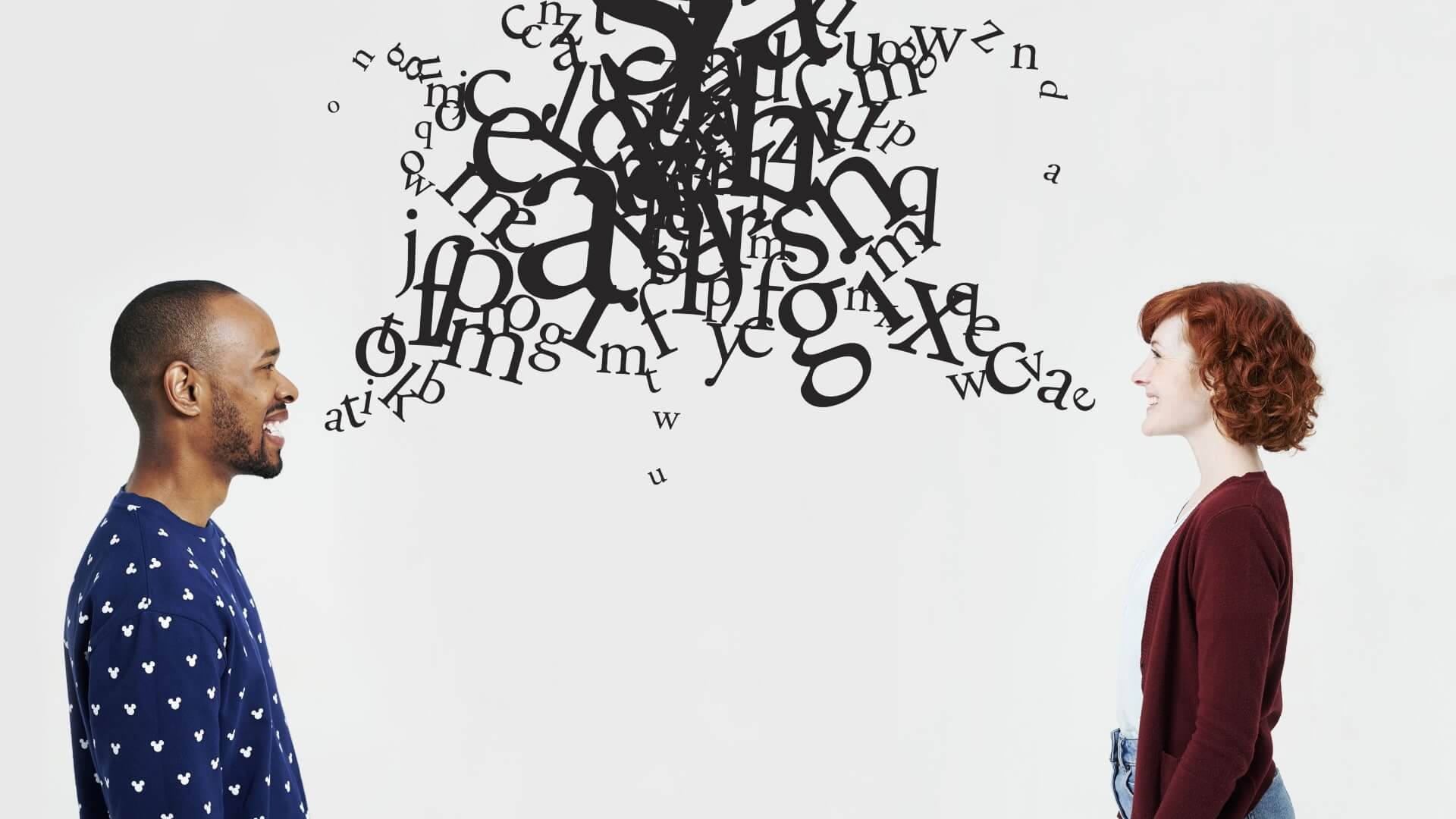What is denotation? Denotation is something we apply every second of our lives, but we rarely give conscious attention to it. Today, we’re going to explore what denotation is and how we can recognize it in film, literature and everyday life. We’ll also explore what makes denotation different from connotation. By the end, we’ll know how to recognize the denotation of words and signs like a pro.
Denotation Meaning
Let's define denotation
For writers, mastering the language is usually a high priority. A painter has colors, a composer has notes, and a writer has words. Finding the perfect words for the perfect line can be a challenge.
But when you understand concepts like connotation vs denotation, your skills as a wordsmith can only benefit. Before we explain these literary techniques with examples, let's first define denotation.
DENOTATION DEFINITION
What is denotation?
A denotation is a literal framing of a term or sign. Denotations have no subjective, symbolic or otherwise non-literal meaning. Take the term "hot" for example: the denotation of hot is having or giving off heat. Consequently, the connotation of hot could be used to suggest the attractiveness of a person. In short, denotation is using words exactly how they are meant to be understood.
Characteristics of Denotation
- Literal
- Objective
- Applied Constantly
what's a denotation
Denotation vs connotation
The biggest difference between connotation and denotation is that the former is non-literal and the latter is literal. Let’s take the word "sick" for example:
The denotation of “sick” is literal as in ill. In a sentence, the applied denotation would sound like “the patient is sick.”
One connotation of “sick” is something that’s impressive or exciting. In a sentence, the connotation might sound like “that was a sick kickflip.”
This next video explores these differences in further detail.
Denotation vs. Connotation
It may be helpful to think of connotation and denotation as opposite terms. Whereas one relies on subjective, non-literal implications, the other relies on objective, literal inherent qualities. Now, let's take a look at some more examples in literature and film.
denotation examples in literature
Denotation examples in writing
Every word has a denotation. Perhaps it might be helpful to think of denotations as the dictionary definition of terms. Take any word – let’s use “old” for example. The denotation of old is having existed for a long time. But old can sometimes carry a negative connotation – like if somebody says, “Shut up, old man” in a condescending tone.
The goal of an unbiased writer is to mitigate the amount of connotations. Many would argue that in theory, news writing is meant to be objective. As such, there shouldn’t be a lot of connotations. In reality, that’s often not the case. Let’s look at a couple headlines to see how choosing different words can have a major effect on the tone.
- Red Sox Defeat Rays 4-3 in Extra Innings
- Red Sox Beat Rays in Brutal Fashion
Which one of those headlines sounds more objective? Which one sounds more subjective? Well, words like “beat” and “brutal” carry a lot of aggressive connotative meaning, so it’s fair to say that the second headline is more subjective than the first.
Philosophical writers often use words strictly in a denotative fashion – since the subject matter of their writing is so complicated, they don’t want to add any additional grammatical nuance where it’s not needed.
Denotative Words
Denotation examples in philosophy
Let’s look at a couple quotes from Immanuel Kant’s Critique of Pure Reason to see how denotation offers clarity while still allowing for the implementation of advanced literary techniques.

“All our knowledge begins with the senses, proceeds then to the understanding, and ends with reason. There is nothing higher than reason.”
— Immanuel Kant
All of the words in this quote are denotative. We can tell through the tone of the writing that there isn’t any implied meaning beyond the dictionary definition of the words. Now let’s look at another quote that also denotes, albeit in a more creative way.

“Thoughts without content are empty, intuitions without concepts are blind.”
— Immanuel Kant
In this quote, Kant personifies “thoughts” and “intuitions” – saying that without content the former are empty and that without concepts the latter are blind. But “empty” and “blind” are used as their definition dictates:
- Empty means to contain nothing
- Blind means to have no vision
So, even though personification is in play, the words are still being used denotatively. If you ever wonder if a word is being used denotatively, look up its dictionary definition and see if it applies. And remember: every word has a denotation, but it can also (but not always) carry one or more connotations.
Related Posts
denotation examples
A quick discussion of semiotics
Denotation applies to cinema more than you might think. Of course it applies to the words used in dialogue, just like it does in writing, but it also applies to objects. There are many objects that have symbolic meaning – like crosses, hearts, and doves. These objects have literal meaning as signs, and symbolic meaning as icons. The study of signs and how we interpret them is called semiotics. For more on semiotics, check out the video below.
Introduction to Semiotics
In film criticism, we often absorb content just as it’s presented – a baseball player hits a home run, a runner trips on a rock, a rock star plays a song; these are all things that literally happen – and they’re things that we don’t need to analyze for deeper meaning.
Ironically, the word literally has developed a negative connotation in large part due to its misuse in the show Parks and Recreation.
‘Literally’ in ‘Parks and Recreation’
But just remember: everything has literal qualities, which means that everything has denotations. Just think of denotation as the objective nature of words and signs.
THE MEANING OF denotation FOR ARTISTS
What’s the purpose of denotations?
We use denotations every second of every day. Right now, you’re applying denotations to every word you’re reading. But it’s not always easy to recognize the denotation of a word due to the fact that some words with different meanings are spelt the same way. For example:
Bat – (noun) a tool used in baseball by a hitter
Bat – (verb) to swat or strike at an object
Bat – (noun) winged mammals capable of flight
These three words are homonyms, aka words that are spelt the same way but have different denotations. On the other hand, there are words that are spelt differently but have the same denotation, like valid and legitimate – two completely different words that have the same meaning. When a group of words generally have the same denotation, we call them synonyms.
Although there’s some debate as to whether things (words, objects, etc.) truly have objective meaning, it’s fair to assume that there will always be definitions to articulate what we believe to be true. And so long as that continues to be the case, denotations will exist to inform us of consensus.
Related Posts
UP NEXT
What is Connotation?
We talked about a few ways connotation and denotation are different from each other but there’s a lot more to the former term. In this next article, we break down connotations in further detail, with examples from Romeo and Juliet, The Shape of Water and more.
